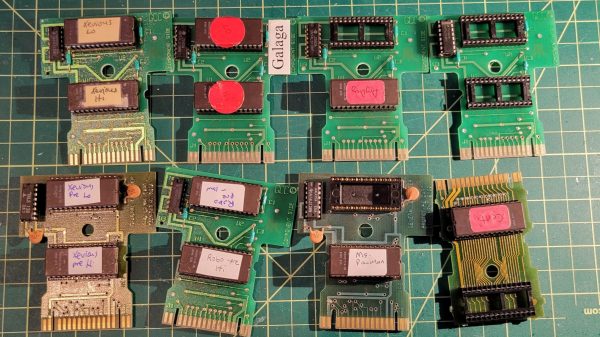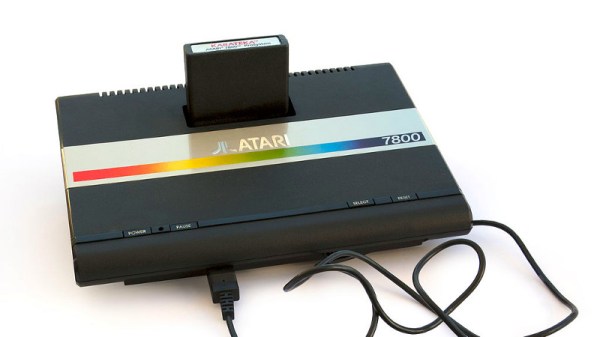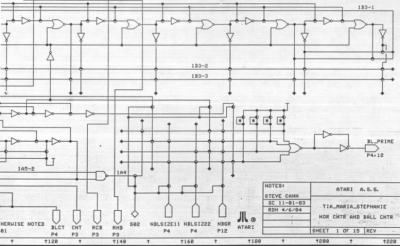EPROMs, those UV-erasable memory chips of the 80s and 90s, once played a crucial role in countless electronic devices. They’ve become relics of a bygone era, but for enthusiasts of vintage electronics, the allure of these light-sensitive devices remains strong. Today, we’re diving into [Kevin Osborn]’s nostalgic journey as he uncovers the secrets of old EPROMs loaded with Atari 7800 code.
[Kevin] used to work at General Computer Company, which produced the Atari 7800 and several games for the system. Thus, he had a handful of old carts and development EPROMs sitting up in his attic along with an old console. Recently, he decided to try and uncover what was on the EPROMs and begun an investigation. They wouldn’t run in his Atari, and he quickly realized why: the EPROMs weren’t cryptographically signed, so the system wouldn’t load them. Continue reading “Working With Old High-Voltage EPROMs Is Fussy”














